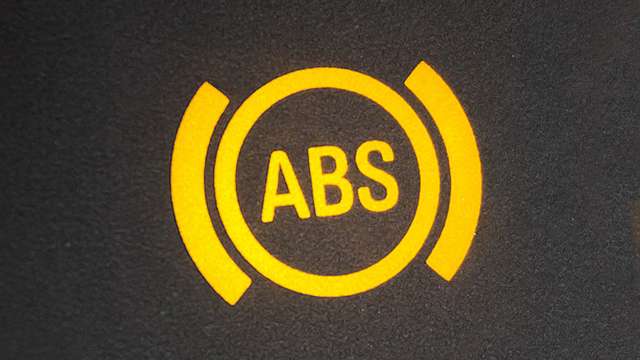- brakes
How Does Anti-Lock Braking Work & What Does It Do

Updated 12 Sep 2023
Rowan Johnstone

If you own a car in Australia with a build date after 2003, then by law it should have an anti-lock braking system (ABS).
This system is designed to prevent your wheels from locking up when braking heavily or on slippery surfaces, which in turn prevents your tyres from losing traction with the road and you potentially losing complete control of your car.
ABS has been around in some form since 1906, but it wasn’t until 1971 when major brands such as Ford, Chrysler, Nissan, Toyota and others started introducing ABS as an option on some of their models.
The electronic ABS that we use today, however, can be traced back to 1978 and a system first used by Mercedes-Benz.
What does ABS do?
When braking heavily, the ABS system will apply the maximum amount of braking force possible whilst modulating the brake fluid pressure so that the wheels don’t lock.
However, in emergency situations when you suddenly apply maximum braking force, your wheels may momentarily lock whilst the ABS kicks in.
ISSUES How to find out what’s wrong with your brakes
In addition to safely allowing you to bring your car to a complete stop, ABS also allows you to turn your car whilst braking heavily, should you need to avoid something.
Before ABS, emergency or heavy braking would often result in your tyres skidding across the road, preventing you from steering your car in any direction.
You could turn the wheel left or right but because the tyres weren’t getting any traction on the road, they wouldn’t respond to your turning inputs.
ABS also shows its value in wet and slippery conditions, where even light braking can cause problems.
ABS will sense when a wheel loses grip with the road and will start to modulate the braking of that wheel.
How does ABS work?
ABS monitors the speed at which each wheel is rotating. When one locks up and stops spinning, it knows that the brakes are no longer being effective on that wheel.
To address this, it reduces the pressure to that particular wheel in order to unlock it.
From there, it will keep reapplying and releasing the brakes on that wheel in extremely quick succession in order to bring the car to a stop without further locking.
This is all possible by using something called a tone ring - which is secured to a part of the car that rotates in time with the wheels - and a magnetic speed sensor that is used to measure wheel speed.
This wheel speed information is sent to the electronic control unit (ECU) which is in control of the ABS.
This system then uses the distribution block and pump to modulate the braking performance of each brake caliper on the car.
You can tell that your ABS has kicked into gear because you’ll feel your brake pedal shuddering under your foot.
BRAKES Make sure you know when it’s time to replace them
You can’t just rely on your ABS to safely stop your car, however. It’s extremely important that your car’s braking ability is up to scratch.
If you think any part of your brakes are in need of replacing - whether it be the pads, rotors or calipers - you can get free quotes for a brake component replacement through AutoGuru. The best part? It’s all online!

Written By
Rowan Johnstone
On weekends you’ll probably find Rowan in the garage with his Dad restoring a 1958 Ford Star Model Customline or enjoying a cruise through the Gold Coast hinterland on his Suzuki GSX-R600.
Despite his passion for being behind the wheel (or handlebars), he looks forward to the day when he can commute to work in his own driverless car.